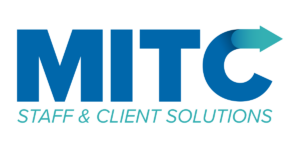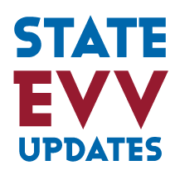The True Cost of State-Mandated Systems
As organizations and associations debate the various EVV implementation models, provider choice is strongly preferred across the board by providers who don’t want to get stuck with a limited and out-dated state system. Nevertheless, some states procure a state-mandated system without allowing alternative vendors. The only benefit for agencies in this model is that the system is free. But as it turns out, even that isn’t quite true.
State-mandated systems carry many hidden costs. The top three, according to agency feedback, are devices, inefficiency, and redundancy.
The Cost of Devices
 Some states choose to put the cost of devices on the provider. Louisiana providers have no choice but to use the statewide system, which itself is free but requires mobile devices to function. Providers must bear the cost of the mobile devices themselves. And not just the devices, but also the data plans to operate them.
Some states choose to put the cost of devices on the provider. Louisiana providers have no choice but to use the statewide system, which itself is free but requires mobile devices to function. Providers must bear the cost of the mobile devices themselves. And not just the devices, but also the data plans to operate them.
To manage this requirement, some providers use a BYOD (bring your own device) policy. However, a Louisiana provider told MITC: “We are losing seasoned staff who are very good at their jobs because they cannot afford the device and data plan required. Instead of being able to focus on the service provided they feel overwhelmed.”
The Cost of Inefficiency
According to reports from providers, most of the state-mandated systems are inefficient. They rarely have strong reporting capabilities, lack payroll integration, comprehensive training, or even documentation capture. They don’t integrate with other workforce management tools like scheduling software. These shortcomings raise the likelihood of errors like under- or over-billing.
The Cost of Redundancy
A lot of providers manage multiple programs – some are required to use EVV and others are not. When providers have a state-mandated system for some of its programs, they must use another system for their other programs. This causes an immense load of redundant data entry. Payroll, in particular, is a nightmare!
Most providers prefer to use the same software vendor across all programs. When states allow providers to choose an EVV vendor, they can often use their existing software or find something that works for the entire agency. But when states mandate a vendor, a lot of providers are stuck using two systems. As a result, they have to pay more overtime or hire people to complete all the extra work.
Leave a Comment
If your organization uses a state-mandated system, tell us your experiences! Do you have to provide mobile devices and data plans? What other hidden costs have you encountered?

 2018 MITC
2018 MITC 2018 MITC
2018 MITC 2018 MITC
2018 MITC 2018 MITC
2018 MITC 2018 MITC
2018 MITC 2018 MITC
2018 MITC 2018 MITC
2018 MITC 2018 MITC
2018 MITC 2018 MITC
2018 MITC